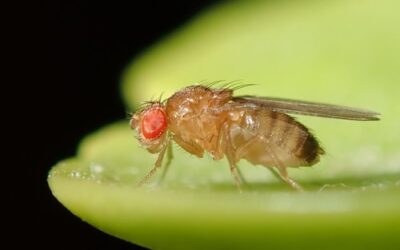Heart failure is the leading cause of death worldwide. After injury, such as a heart attack, millions of cardiac cells die, and heart function is severely compromised. In compensation for reduced pumping and to maintain cardiac function, surviving heart muscle cells increase in size, yet do not divide. This increases cardiac output, but also increases strain on surviving cardiac muscle through elevated oxygen consumption and heart rates. Together, these events produce a vicious cycle that leads to harmful remodeling of the heart, loss of more muscle cells and ultimately death. Given the lack of effective treatments, heart failure mortality rates after 30 days, 1 year, and 5 years of hospitalization are at 10, 22, and 42% respectively. Currently available therapies, such as drugs and mechanical devices, can improve heart function, but cannot reverse the loss of functional heart muscle. Hence, new approaches are required.
Recent research efforts have revealed that in lower vertebrate such as zebrafish and newts, heart muscle cell division is activated after injury to repair the heart. In mammals, however, cardiac muscle cells lose the potential to divide almost entirely after the neonatal stage of life.
Adult mammalian heart muscle cells do possess a miniscule ability to divide. However, this potential is not adequate to respond to extensive acute heart damage. Investigation into how cardiac muscle cells lose the ability to divide potentially allows us to develop new strategies to treat heart failure patients by stimulating growth of new cardiac muscle.
The Hippo pathway is a network of genes that inhibits cell growth. Studies have shown that Hippo pathway activity increases after birth, coinciding with the loss of cardiac muscle cell division. Deletion of Hippo pathway genes in cardiac muscle promotes cell division and heart repair (see figure). In this review article published in WIREs Development Biology, Shijie Liu and James F. Martin summarize recent findings and discuss the role of the Hippo pathway in heart development and regeneration. They illustrate how the Hippo pathway responds to environmental cues to restrict cardiac muscle cell division and survival. They also propose that after birth, elevated activity of Hippo-promoting genes potentially leads to increased Hippo activity. Liu and Martin further examine the Hippo pathway in non-muscle cells of the heart and discuss the potential that Hippo signaling has in to regulate communication between cells.
Kindly contributed by Shijie Liu.
















